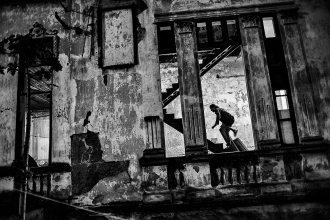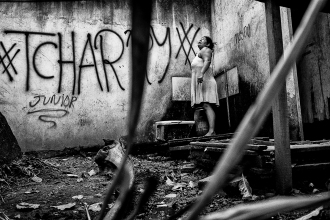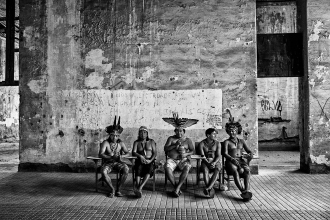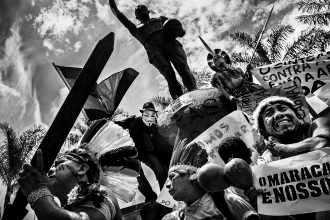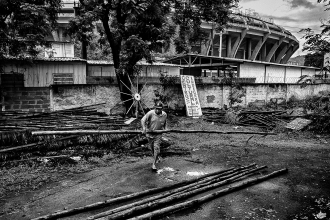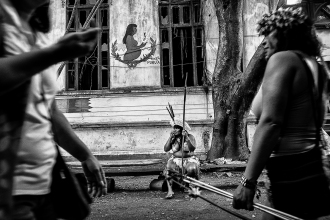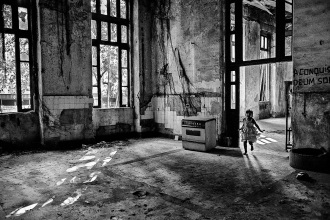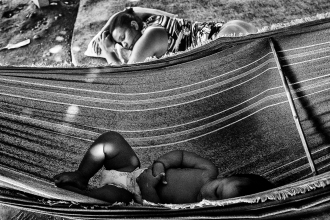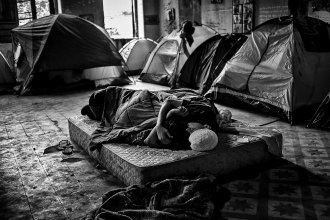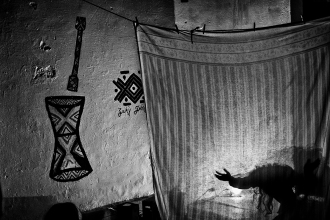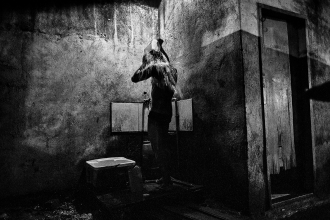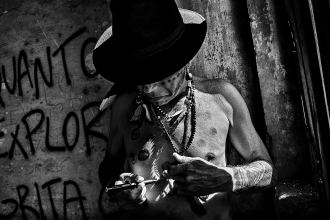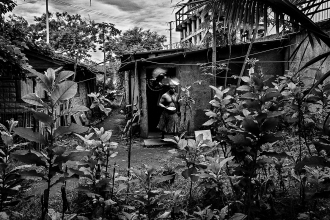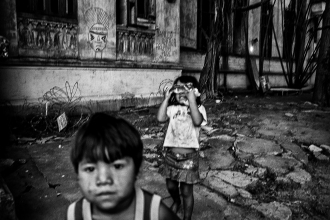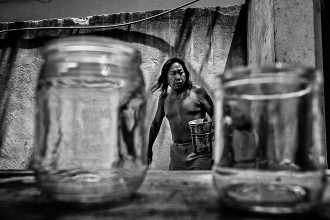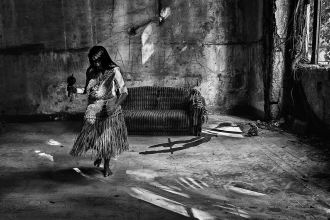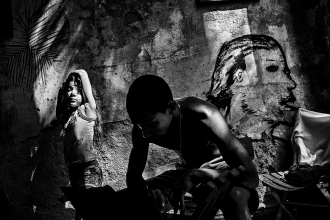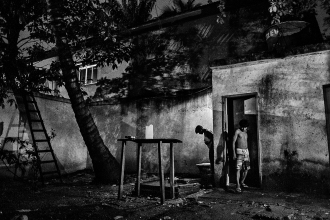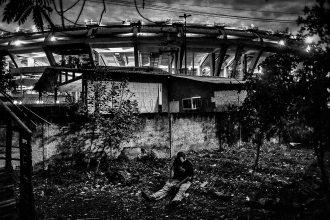voltarMARACANÃ VILLAGE
In October of 2006, some Brazilian Indians, belonging to different ethnic groups from all over the country, occupied an old and abandoned colonial building, which had previously hosted the ancient Indian Museum. In 1977 the Museum was moved to its present location in the Botafogo district. With the arrival of the football World Cup and the renovation of the nearby Maracanà stadium, the Rio’s Prefecture decided to demolish the building, to make space for a parking lot or a shopping center. The Indians instead wanted to use it as an indigenous cultural center, which would have been a reference for all the Indians passing through Rio de Janeiro. The government’s pressure became more intense during the final months of 2012 due to the event approaching, which worried both Institutions and Indians whose struggle to defend the space was going to be hard fought. Activists and popular movements for human rights joined the indigenous fight. Some of them moved in and lived for weeks inside the building together with the Indians. In March of 2013, police in riot gear invaded the old Indian museum complex and expelled all the people who were resisting peacefully. Later on the Indians occupied the building twice more, but each time the police removed them forcefully. In June of 2013 Brazil hosted the Confederations Cup in a climate of great social tension. In those days, millions of people took to the streets to protest against Government politics and many football matches had to be played with the Brazilian army deployed outside the Stadiums. Thanks to social networks the story of the Maracanà Village became a symbol of resistance for most of the Carioca society.
Gallery
